When and how to properly prune neglected grapes?
Almost all fruit trees and shrubs need pruning. If it is not carried out, the fruits become smaller, although their number may increase. Their taste also suffers. Most of all, the quality of the crop depends on the correct pruning and formation of the bush. grapes.
Content:
Why do you need to prune grapes?
The vine has an interesting growth characteristic called polarity. Last year's vine produces shoots of varying growth rates. They grow stronger from the upper buds, the middle ones are much weaker, and from the lower eyes, shoots may not develop at all.
This property is especially manifested on vines located vertically. Thus, the bush quickly grows upward, its sleeves are greatly lengthened. It becomes difficult to harvest and care for such a bush.
The number of buds that are laid by the bush every year significantly exceeds the supply of nutrients that the bush needs to form high quality fruits.
Therefore, the extra ones need to be deleted. But cutting out a significant part of the old vine does not mean achieving a high yield. It is necessary to constantly maintain a balance between the growth of shoots and the number of bunches. This is the main task of caring for the vine.
Reasons for neglect of grapes?
The vine differs in that its shoots grow several meters per year. If their number is not controlled, they are woven into a solid ball due to the large number of antennae. A young bush, and this concept applies to a liana up to 10 years of age, overgrows over several years of development without pruning so that it can be very difficult to get inside for harvesting.
Grapes can be uncircumcised for several reasons:
- Perhaps the owners do not know how and do not want to look after. Buying a bush, they did not calculate their strength, hoping for the wisdom of nature. But she's just wise. The main task of the vine is to give as many seeds as possible for the procreation. She is not interested in the taste of the fruit. Therefore, the bush is actively increasing its mass, forming a large number of clusters with small fruits. They do not ripen, they do not collect sugar, because they do not get the sun's rays. And the processes of accumulation of useful substances largely depend on the condition of the vine, the time of pinching the top, and the removal of stepsons.
- Pruning can be carried out incorrectly, as a result of which the bush becomes "uncontrollable", that is, the owners do not know what to do next with a huge number of thin shoots. Therefore, they stop pruning altogether.
- The third option is possible. They looked after the bush for a certain time, formed the crown correctly, but then they stopped doing it, for example, they left and sold the plot. One year will be enough for the bush to overgrow and become neglected.
The more time has passed since the last cut, the more difficult it is to make it. But there are practically no hopeless bushes. Plants of this species live for several decades, and all this time they can be pruned and rejuvenated.
The vine has tremendous vitality. If the root is not frozen or disappeared for other reasons, almost every bush can be brought back to life.
The fruits after pruning will be much sweeter and healthier than those formed on young plants.
They contain more minerals and sugar, less acids. If one of the sleeves or shoots has dried up, several live eyes always remain at its base. Even if they are not visible, they can form from dormant buds. If the main stem has dried up, young shoots will begin to grow from its base.
Identifying a ripe vine
Pruning a grape bush is carried out in several stages. All actions on the first of them are aimed at ensuring that several strong shoots have formed by the fall. Their thickness should be at least 5 mm, and the number of eyes on the matured part should be at least a dozen.
It is easier to identify the ripe parts of the shoot in the spring, when its top, which has not survived the frost, darkens and becomes soft, its buds wrinkle. The color of the living part is brown with various shades of brown, the eyes are large, shiny. It is even easier to identify the living part of the vine by gently bending it. If a piece falls off easily when bent, it is a dead piece. Its transverse cut is brown, evenly colored. Such shoots can be plucked even by hand.
The living part of the vine is very difficult to break - when bent, it crackles, but does not fall off.
On the cut, this shoot is green. It is easy to see its core and wood. You can prune the bush in the fall or spring. Choose the period when the sap flow has stopped. This is the time after the leaves fall until the beginning of spring. The exact time depends on the weather conditions.
In autumn, pruning of non-covering varieties is best done in regions with warm winters. Covering varieties in more northerly areas can also be pruned. It is necessary to exclude the risk of freezing of the not tightened cut surface. Therefore, in many cases, the vines are pruned in the spring. If this is done too late, the vine will cry for a long time, losing juice. By the beginning of the sap flow, the cut points should be tightened.
Trimming
During pruning, a number of simple rules are followed:
- Dead shoots and vines are removed. If possible, perennial shoots are left. Exceptions are those sleeves on which there are no living annuals and are very gnarled, bent at a right or even an acute angle. Most (up to 90%) annuals are removed without regret.
- Take one of the sleeves with your left hand (thick perennial shoots) and begin to slowly move along the trunk from the bottom up. All dried or damaged lashes are cut with a sharp pruner. If a live shoot of the required thickness and number of buds comes across, it is cut off to a replacement knot, leaving 2-3 eyes.
- They continue to move along the trunk. The next live shoot of the required diameter is cut into 8-10 buds, leaving on the fruit arrow. Move up to the end of the sleeve. Then move on to the next one. If there are short thick shoots, the number of mature eyes in which does not exceed five, leave them at 4 pieces per square meter of trellis.
After complete processing, the number of remaining shoots is determined. There should be 2-3 of them per square meter. Four short ones count as one long one. In summer, a large number of young green shoots will grow from the awakened "sleeping" buds. They will not appear from the axils of the leaves, but directly from perennial wood. Such shoots are broken by hand. The sooner you notice them, the easier it is to do it.
If they are not removed, all the shoots will not ripen, and the bush may freeze in winter.
In the fall, cut off the entire unripened part of the vine, broken and thin shoots (up to 4 mm thick). Then you can start forming a bush by choosing one of the available schemes (for example, fan or standard).
More information can be found in the video:



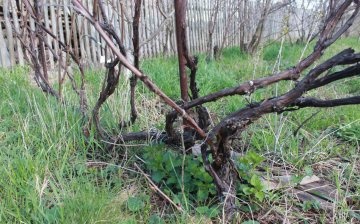

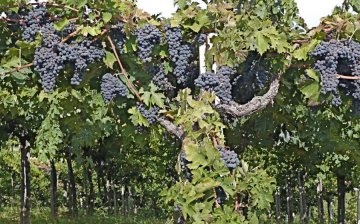

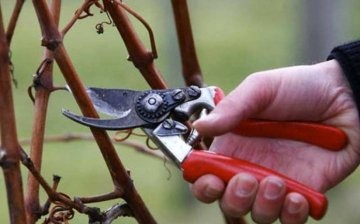





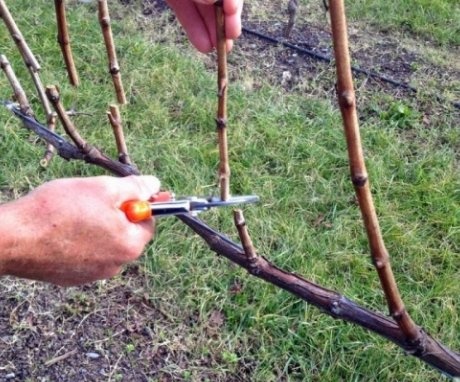
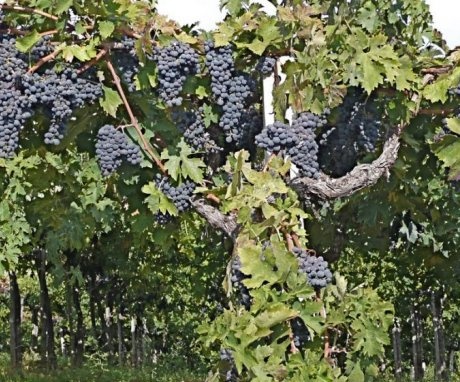

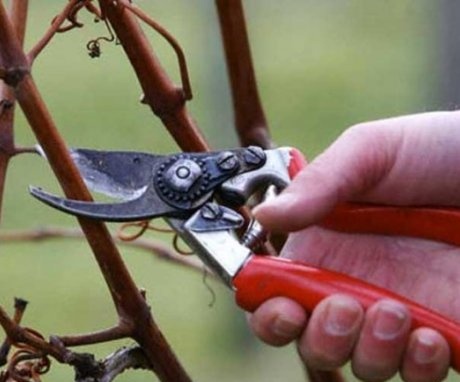
I don't quite agree. In principle, you can prune neglected grapes at any time, but the differences from cultivated grapes, of course. In any case, the harvest will still be good only for the next season.
We somehow also launched the grapes, very sour began to grow, everything got confused, intertwined a hundred times, we thought we could not save it. But they cut it neatly, of course, it took a lot of time, and the grapes came to life. You need to look after him very carefully.
Does pruning grapes, or not pruning, somehow affect its taste? I didn’t know that it was so important for the plant, I thought it reflected in the number of fruits and its size, which is smaller for uncircumcised plants.
If the grapes are not cut, then all the forces of the bush go to growing shoots and leaves, and there will be few bunches of grapes and it can still be small. Therefore, you need to learn how to do pruning.